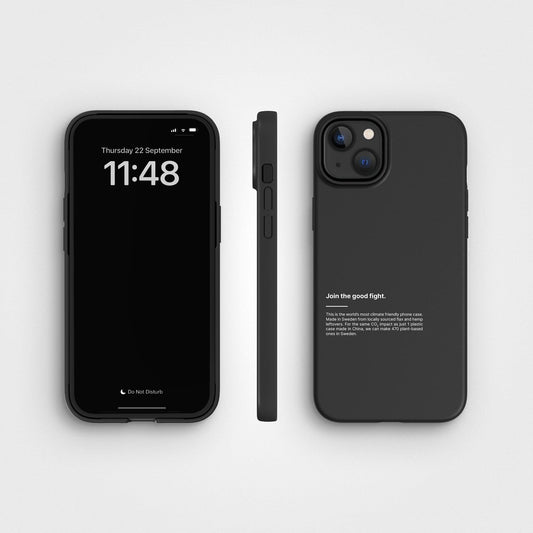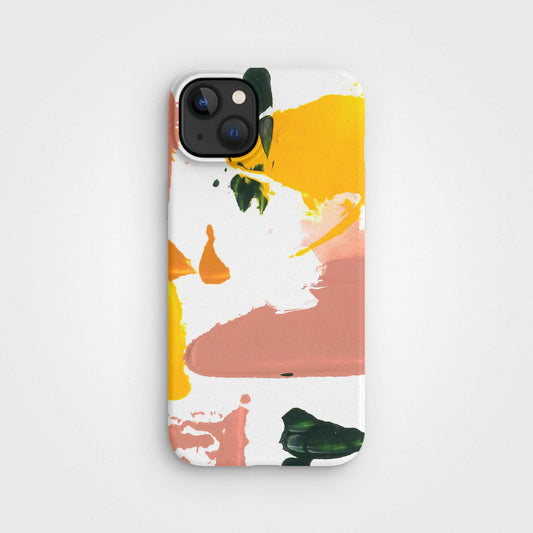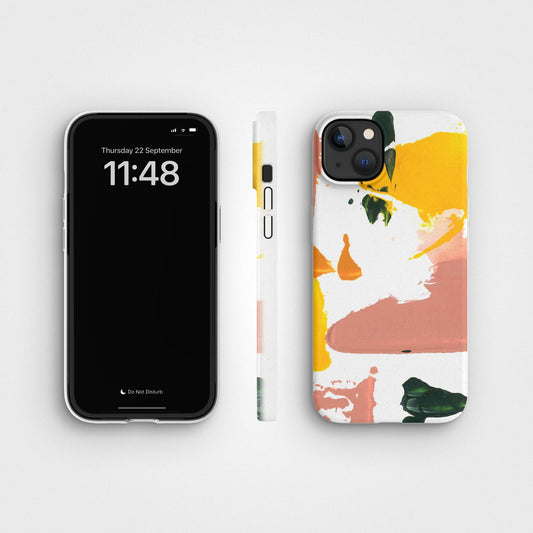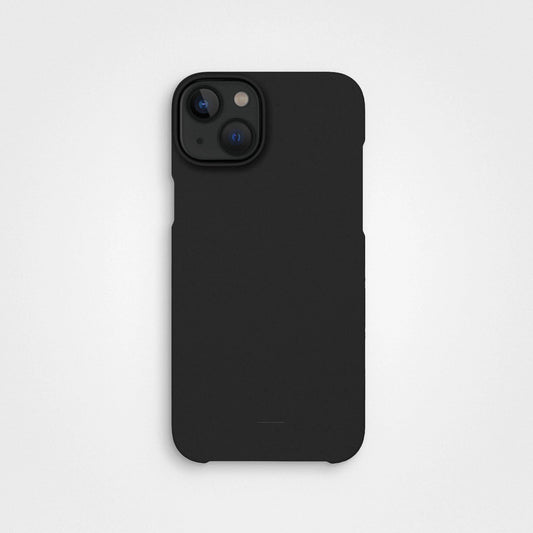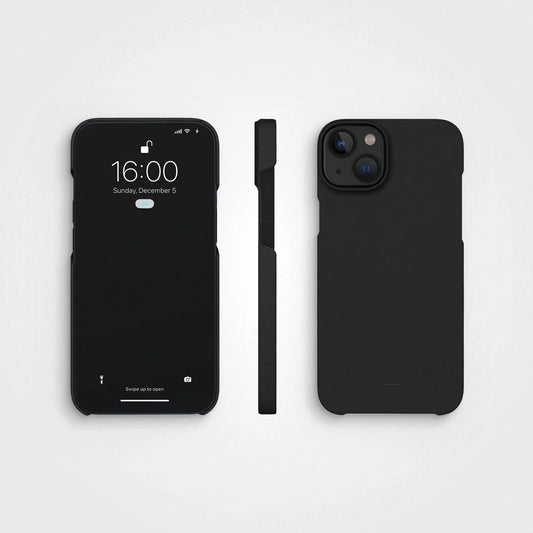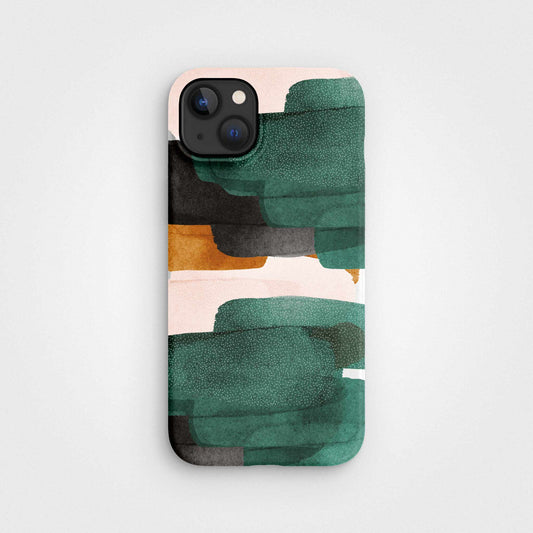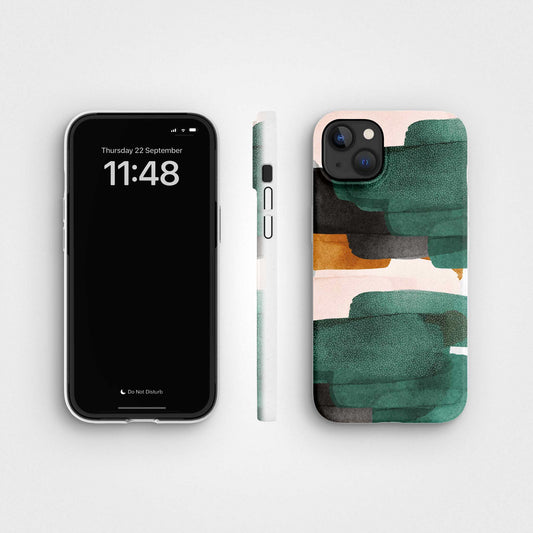Bambus , eine vielseitige und nachhaltige Pflanze, regt seit Jahrhunderten die Fantasie von Menschen auf der ganzen Welt an. Seine bemerkenswerte Wachstumsrate, Stärke und sein breites Einsatzspektrum machen es zu einer beliebten Wahl für verschiedene Anwendungen. Aber wussten Sie, dass es zahlreiche Bambusarten gibt, von denen jede ihre eigenen einzigartigen Eigenschaften und Zwecke hat?
Schnelle Links
-
Beliebte Bambusarten auf der ganzen Welt
-
Welche Art von Bambusprodukt ist gut für die Umwelt?
-
Welche Arten von Bambusprodukten sind umweltschädlich?
-
Wie erntet man Bambus?
Beliebte Bambusarten auf der ganzen Welt
Nehmen Sie einen Bambusteller oder ein Bambusbesteck und die Chancen stehen gut, dass Sie etwas aus gewöhnlichem Bambus – Bambusa vulgaris – in der Hand halten. Das meiste Papier im Westen wird aus von Bäumen gewonnener Zellulose hergestellt. Es verfügt über hohe, gerade Halme, die unter optimalen Bedingungen bis zu 30 Meter (98 Fuß) hoch werden können. Die Halme sind in jungen Jahren typischerweise grün und verfärben sich im Laufe der Reife gelblich-braun.

Wenn Sie jedoch in China, Thailand oder Indien leben, schreiben Sie möglicherweise auf etwas aus Dendrocalamus asper und Bambusa blumeana, den in diesen Ländern am häufigsten zur Papierherstellung verwendeten Bambusarten.
Giant Timber Bamboo ist für seine gewaltige Höhe und seine robusten Halme (Stämme) bekannt und eine der bekanntesten Bambusarten. Aufgrund seiner Festigkeit und Haltbarkeit wird es häufig für Bauzwecke verwendet. Dieser Bambus kann bis zu 50 Fuß oder mehr hoch werden und kommt häufig in tropischen und subtropischen Regionen vor.
Pseudosasa japonica oder Pfeilbambus stammt aus Japan und zeichnet sich durch seine pfeilförmigen Blätter aus. Es wird häufig zum Basteln, zur Möbelherstellung und sogar für kulinarische Zwecke verwendet. Die Triebe des Pfeilbambus sind essbar und gelten in manchen Kulturen als Delikatesse.
Die für Kleidung verwendete Bambusart heißt Moso-Bambus. Moso-Bambus ist der wichtigste Bambus in China, wo er etwa 3 Millionen Hektar bedeckt. Seine hohen Halme und großen Blätter machen ihn zu einem hervorragenden Kandidaten für die Fasergewinnung für Textilien.
Die hier genannten Bambusarten gehören zu den häufigsten und nützlichsten, es gibt jedoch noch viele weitere Bambusarten mit ihren eigenen besonderen Verwendungszwecken.
Welche Art von Bambusprodukt ist gut für die Umwelt?
Wirklich gut für die Umwelt sind Bambusprodukte , die am wenigsten einer chemischen Verarbeitung unterzogen werden. Manche Verarbeitung ist besser als andere. Beispielsweise sind Produkte, die aus der Schutzhülle junger Bambuspflanzen, der sogenannten Hülle, hergestellt werden, im Allgemeinen gut.
Das Ernten der Hülle ist so einfach wie das Aufheben der Hülle vom Boden, wo sie normalerweise hinfällt. Anschließend wird es gereinigt, gekocht und in Form gebracht. Bambusleinen ist eines der umweltfreundlichsten Textilien auf dem Markt. Wenn man die holzigen Teile des Bambus mechanisch zerkleinert und dann mit natürlichen Enzymen die Zellwände zu einem Brei aufbricht, können die verbleibenden Fasern zu Garn gesponnen werden. Leider ist dieser Prozess teuer und zeitaufwändig.


Ein guter Kompromissstoff aus Bambus ist Lyocell. Dabei kommt ein geschlossener Industrieprozess zum Einsatz, bei dem alle bei der Herstellung des Stoffes entstehenden Lösungsmittel und Emissionen zurückgewonnen oder zersetzt werden. Es gelangt nichts in die Umwelt und der Stoff selbst ist zu 100 % biologisch abbaubar.
Welche Arten von Bambusprodukten sind umweltschädlich?
Bambusprodukte, die nicht so gut für den Planeten sind, sind solche, die aus nicht nachhaltig geerntetem Bambus hergestellt werden, und Produkte, die durch chemische Prozesse ohne geschlossenen Kreislauf hergestellt werden. Herkömmliches Viskose-Rayon aus Bambus ist nicht umweltfreundlich. Im Gegensatz zum geschlossenen Kreislaufverfahren von Lyocell wird herkömmliches Bambus-Rayon mit vielen Chemikalien und viel Energie in einem nicht in sich geschlossenen Prozess hergestellt.
Nach Angaben des Council of Fashion Designers of America können die Luftemissionen konventionell hergestellter Stoffe Schwefel, Stickoxide, Schwefelkohlenstoff und Schwefelwasserstoff umfassen. Wasseremissionen können Nitrate, Phosphate, Eisen, Zink, Öl und Fett enthalten und enthalten häufig wenig gelösten Sauerstoff, der das Leben im Wasser gefährdet. Das Abwasser der Bleichanlage, in der chlorhaltige Bleichchemikalien eingesetzt werden, enthält AOX und Chlorat, die in Gewässern toxische Wirkungen haben.
Letztendlich ist es uns wichtig, Bambusprodukte zu wählen, die umweltfreundlicher hergestellt werden. Auf diese Weise können wir Bambus genießen, ohne unserem Planeten Schaden zuzufügen.
Wie erntet man Bambus?
In den Anbau und die Ernte von Bambus fließen viele Vorbereitungen und Überlegungen ein. Die Ernte erfordert Geschick und jahrelanges Training. Es erfordert Kenntnisse über die Wetterbedingungen in der Region, ein Verständnis des Lebenszyklus von Bambus und eine unmittelbare Vertrautheit mit einzelnen Pflanzen am Boden. Der beste Zeitpunkt für die Bambusernte hängt von der Art und dem Verwendungszweck ab. Junge Bambussprossen, die als Nahrungsmittel dienen, würden nicht wie Bambus, der für Bauzwecke verwendet wird, geerntet werden.

Aber im Allgemeinen ist der empfohlene Zeitpunkt für die Bambusernte das Ende der Regenzeit und der Beginn der Trockenzeit. Dieser Zeitpunkt stellt sicher, dass der Bambus stark und robust ist, was ihn für verschiedene Anwendungen nützlich macht und gleichzeitig ein verantwortungsvolles Pflanzenwachstum fördert.
Welche Bambusart fressen Pandas?
Pandas fressen gerne Pfeilbambus, Schwarzbambus und Wasserbambus sowie etwa 20 andere Arten. Sie bevorzugen die Wurzeln, Triebe und Blätter des Bambus, insbesondere die Triebe. Der WWF stellt fest, dass Pandas, da Bambus nur sehr geringe Nährwerte enthält, eine Menge davon fressen müssen – 12–38 kg täglich –, um ihren Energiebedarf zu decken. Obwohl Pandas eine abwechslungsreiche Ernährung mit verschiedenen Bambusarten haben, müssen sie jeden Tag große Mengen davon fressen, um genug Energie zum Überleben zu bekommen.

Letzte Worte
Zusammenfassend lässt sich sagen, dass die Welt des Bambus ebenso vielfältig wie faszinierend ist. Von seinen bescheidenen Anfängen als vielseitige und nachhaltige Pflanze bis hin zu seiner Umwandlung in eine Reihe von Produkten, die unser Leben prägen, werden die einzigartigen Eigenschaften von Bambus seit Jahrhunderten genutzt. Wir haben einige häufig vorkommende Bambusarten untersucht, jede mit ihren unterschiedlichen Eigenschaften.
Da wir die vielfältigen Verwendungsmöglichkeiten von Bambus schätzen, müssen wir auch seine Auswirkungen auf die Umwelt berücksichtigen. Nachhaltige Praktiken wie die Verwendung von Hüllen für Produkte und die Entscheidung für umweltfreundliche Bambustextilien wie Lyocell unterstreichen die Bedeutung eines verantwortungsvollen Konsums.
Obwohl das Potenzial von Bambus enorm ist, ist es unerlässlich, seinen Anbau und seine Verwendung mit Sorgfalt und Respekt anzugehen und das komplexe Zusammenspiel zwischen Natur und menschlichen Bedürfnissen zu erkennen. Wenn wir Pandas dabei bewundern, wie sie ihre bevorzugten Bambusarten fressen, und uns in die Kunst des Erntens dieser unglaublichen Pflanze vertiefen, werden wir an das empfindliche Gleichgewicht erinnert, das erforderlich ist, um ein harmonisches Zusammenleben zwischen der Fülle der Natur und unserer sich ständig weiterentwickelnden Welt zu gewährleisten.


